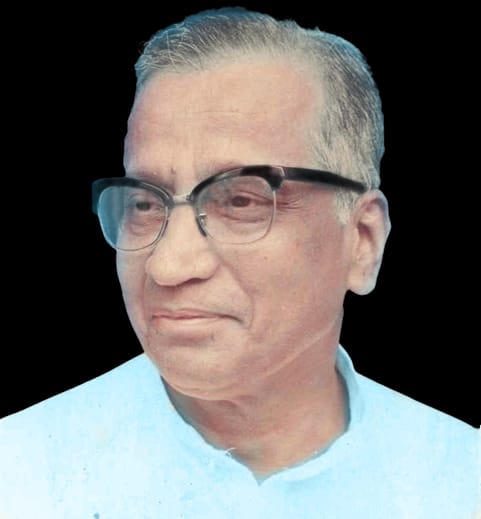Abstract
This paper portrays the fiscal decentralization scenario in the state of Karnataka with specific reference to fiscal transfers and resource availability with rural local governments to make them truly institutions of local self-government. An attempt is being made to review the prevailing system of fiscal decentralization in the state with special reference to the composition of fiscal devolution from the upper tiers of government, trends in devolution from state government, revenue and expenditure assignments, and fiscal autonomy of Panchayat Raj Institutions in Karnataka. Fiscal decentralization in Karnataka is far from complete in terms of increasing own source revenue (OSR) mobilization and making use of increased spending for desired goals. Low resource base, weak accountability mechanisms, lack of monitoring and evaluation of schemes and low utilization rates in centrally sponsored schemes have created a wedge between Karnataka’s well-developed and backward regions. In the last twenty years, what Karnataka has so far achieved can be somewhat attributed to ‘partial decentralization’. There is a need to create adequate fiscal space for decentralization to thrive in the state whereby rural masses benefit from inclusion in the growth processes and reform efforts are made for more durable, richer and fuller decentralization.

